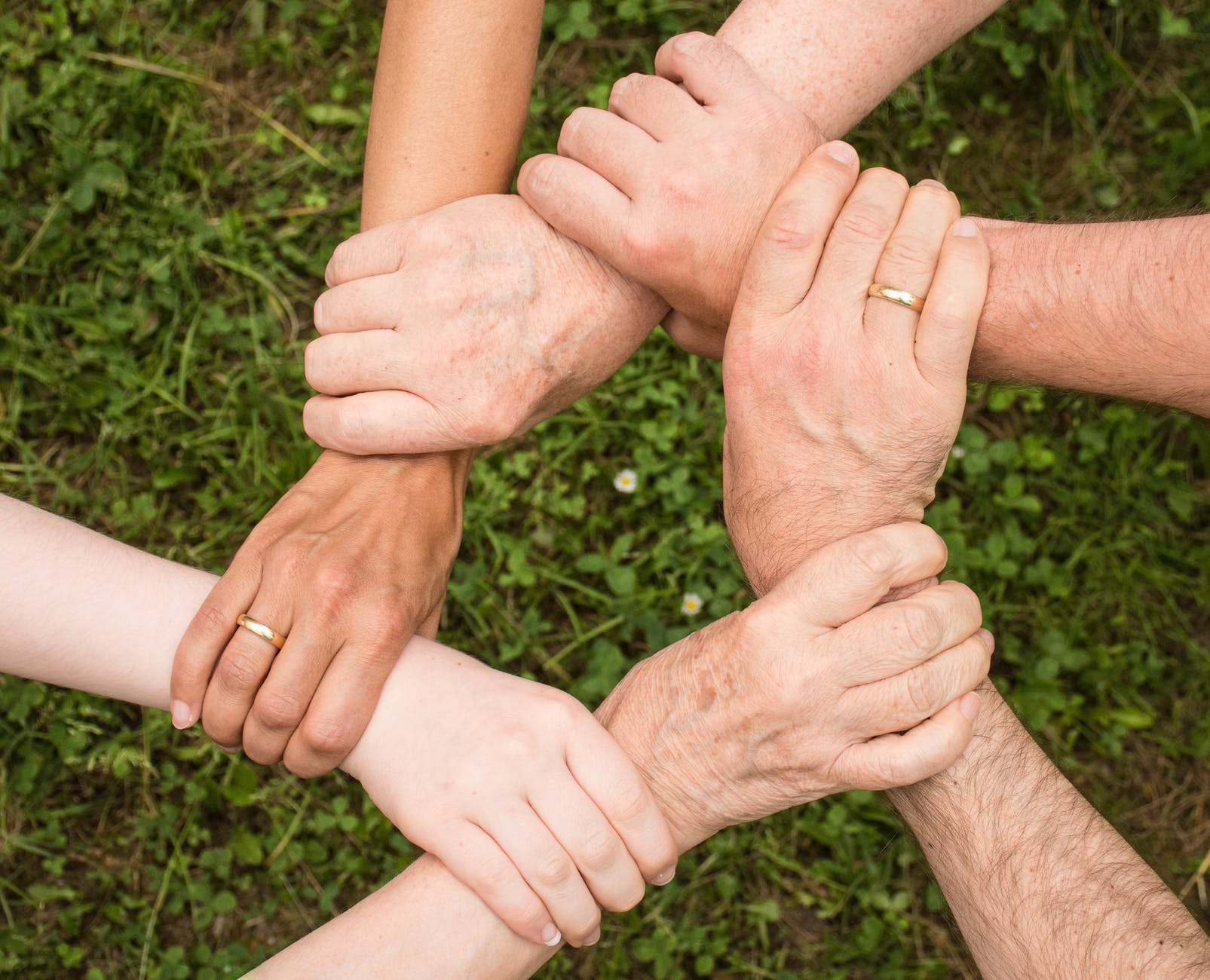As this article is being written, a total of 2.3 million people have been diagnosed with COVID-19 and more than 160 thousand deaths have taken place. Not a single hour passed without us seeing or hearing news, one update after another, on how this virus is spreading far and fast. At this moment too, perhaps we all know someone – a friend or a family member or a distant relative or a neighbour – who has been tested positive or is under home quarantine. Each day seems to bring the threat of COVID-19 closer, and like everybody else, we can only take the precaution measures while hoping to remain safe and healthy.
Beyond all the chaos and fear that is gripping every corner of the world, lie some big questions. Questions that reflect our frantic desire to make sense of this pandemic and desperate longing to return to normal life. That is, if that normalcy still exists after this Coronavirus storm. “When will life be normal again?” is now a question we hear every day. Or perhaps, “Will things ever become normal again?” should be asked instead. There is no clear and easy answer to this. But if we try to ‘get off the dance floor and gain a balcony view’, we will come to realize that the normal life we had prior to this crisis is destined to change. We are left with one option: to embrace the new normal.
When this pandemic frenzy gradually subsides – with decline in incidence and drop in mortality – chances are, things will not be the same again. The most trumpeted buzzword today, social distancing, is likely to stay. People will be more meticulous as to how often and to what extent they get physically close to others. The dynamics of relationship and interaction between humans might change, especially in public space. Commercial sites (like malls and restaurants) and public facilities (like hospitals, clinics and banks) may come up with innovations or physical rearrangements as to comply with the idea of social distancing of varying degrees. Masks will be the new casual attire. Hand-washing will be the new ritual.
Likewise, there will be fundamental changes to how we work and learn. The ‘work from home’ culture will thrive and gain wider acceptance. The need for frequent face-to-face meetings will appear obsolete. Educational institutions will rely more on online classes and distance learning, and students – from primary schools to university – will have a totally new and different learning experience compared to the current generation. With conventional classes and lectures slowly disappearing, fewer teachers will be needed. The education system may undergo a total overhaul.
But more importantly, the current pandemic has put the human conscience to test. People cannot but show their true colours in times of crisis. We see individuals who hoard and take advantage of resource scarcity, while others selflessly sacrifice. We see people using this catastrophe to advance their agenda of hatred and racism, while others choose kindness and tolerance. We see people mocking the poor and vulnerable, while others call for empathy, justice and equality. This calamity is like a filter – it brings to surface the two opposites of every life facet: optimism vs. pessimism, self-interest vs. mutual aid, wellness vs. illness, life vs. death, hope vs. despair, justice vs. oppression, and privilege vs. deprivation. In other words, it either brings out the best, or the worst in us.

When this storm ends, let us walk out with a better version of ourselves. A version full of wisdom, humility and compassion. A version that chooses love over bigotry, peace over war, and unity over discord. Let this be the new normal to embrace.
Dr. Raudah Mohd Yunus

